Trump signs proclamation imposing $100K fee on H-1B visas
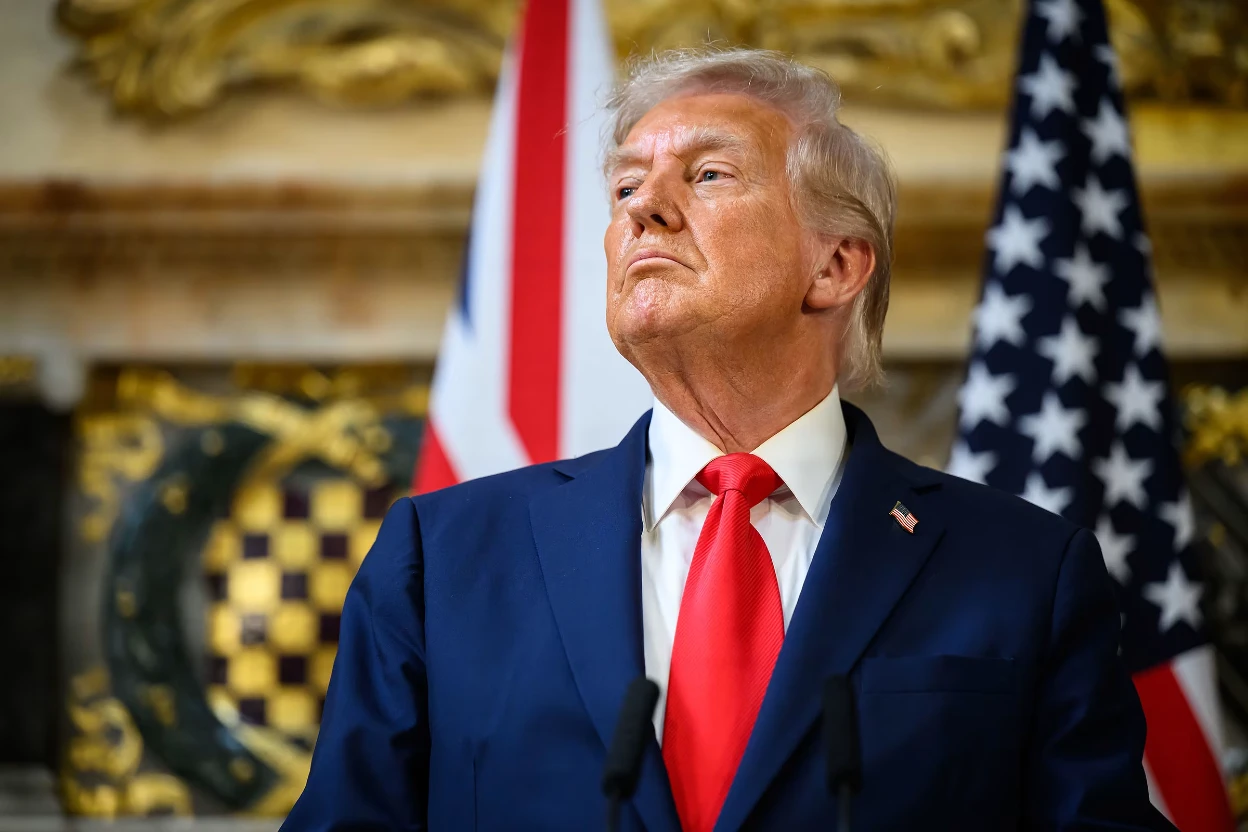
Trump Introduces $100K Fee for H-1B Visa Applications
President Donald Trump announces a new $100,000 fee for H-1B visa applications to restrict foreign worker access and protect US jobs.
United States President Donald Trump has recently signed an executive order imposing a substantial $100,000 annual fee on applicants for the H-1B visa programme. This initiative, announced on Friday, aims to address concerns regarding the perceived overuse of this visa category, which is primarily popular among technology firms.
Executive Order Details
In a statement from the Oval Office, President Trump elaborated on the administration's intentions behind this new measure. The fee is designed to underscore the importance of employing American workers while still allowing opportunities for highly skilled foreign professionals in specialised roles.
The White House has indicated that any application for an H-1B visa will now be contingent upon this new fee, marking a significant change in the approach to immigration linked to the H-1B programme.
In addition to the fee, Trump unveiled plans for a new “gold card” programme, which aims to fast-track visa applications for specific immigrants who can afford to pay $1 million. If a company sponsors a foreign worker, it would need to pay $2 million to expedite the process.
Implications for Employment Sectors
The H-1B visa is crucial for various industries, particularly in technology, where it is often used to fill positions requiring specialized skills that are not readily available in the domestic workforce. Typically, 65,000 H-1B visas are issued annually, alongside another 20,000 reserved for individuals with advanced degrees from US institutions. However, the high demand often results in applicants facing a lottery system for selection.
Economists argue that the H-1B programme plays a vital role in maintaining the competitiveness of US companies across the globe.
Public Reaction and Historical Context
Trump's relationship with the H-1B programme has been inconsistent, having previously imposed restrictions during his first term and expressing a mixed stance during his 2024 campaign. However, he expressed support for the programme in December, suggesting a belief in its value for American businesses.
Critics, including some within the tech industry, have at times opposed the administration's moves, arguing that reducing foreign worker access could hinder innovation and growth.
Industry Insight
The new $100,000 fee is expected to significantly impact the technology sector, where businesses have historically relied on H-1B workers to fill roles. Trump’s previous criticisms claimed that companies often abused the H-1B programme to replace American workers with lower-paid foreign employees.
First Lady Melania Trump, for example, was granted an H-1B visa for modelling in 1996, highlighting the complexities surrounding the visa’s use. Critics of the programme argue that many positions filled under H-1B visas are often lower-level jobs, which undermines its original intent of attracting top-tier talent and poses risks of wage suppression.
Administration’s Goals
According to White House official Will Scharf, the reforms are intended to tackle what they describe as an “abused” visa system, asserting that the increased fees will ensure that only highly skilled labourers are brought into the country.
Commerce Secretary Howard Lutnick further elaborated on the gold card programme, suggesting that it aims to attract only the most exceptional individuals for high-occupancy roles critical to the nation’s prosperity.
Consequences for Hiring Practices
The increase in application fees is likely to serve as a deterrent to many companies, especially smaller businesses and start-ups that may not be able to bear the heightened financial burden of hiring foreign workers. The traditional cost for companies to enter the visa lottery and submit necessary petitions was significantly less, which may now shift hiring priorities back to domestic candidates.
There are calls for additional reforms, including proposals to allocate visas based on wage offers rather than random selection. As this situation develops, it remains to be seen how both the technology sector and broader economic conditions will adapt to these new regulations in the coming months.
In conclusion, as the Trump administration moves forward with these changes, a broader examination of the implications on talent acquisition, innovation, and employment opportunities within the US tech landscape continues to unfold.
Executive Order Details
In a statement from the Oval Office, President Trump elaborated on the administration's intentions behind this new measure. The fee is designed to underscore the importance of employing American workers while still allowing opportunities for highly skilled foreign professionals in specialised roles.
The White House has indicated that any application for an H-1B visa will now be contingent upon this new fee, marking a significant change in the approach to immigration linked to the H-1B programme.
In addition to the fee, Trump unveiled plans for a new “gold card” programme, which aims to fast-track visa applications for specific immigrants who can afford to pay $1 million. If a company sponsors a foreign worker, it would need to pay $2 million to expedite the process.
Implications for Employment Sectors
The H-1B visa is crucial for various industries, particularly in technology, where it is often used to fill positions requiring specialized skills that are not readily available in the domestic workforce. Typically, 65,000 H-1B visas are issued annually, alongside another 20,000 reserved for individuals with advanced degrees from US institutions. However, the high demand often results in applicants facing a lottery system for selection.
Economists argue that the H-1B programme plays a vital role in maintaining the competitiveness of US companies across the globe.
Public Reaction and Historical Context
Trump's relationship with the H-1B programme has been inconsistent, having previously imposed restrictions during his first term and expressing a mixed stance during his 2024 campaign. However, he expressed support for the programme in December, suggesting a belief in its value for American businesses.
Critics, including some within the tech industry, have at times opposed the administration's moves, arguing that reducing foreign worker access could hinder innovation and growth.
Industry Insight
The new $100,000 fee is expected to significantly impact the technology sector, where businesses have historically relied on H-1B workers to fill roles. Trump’s previous criticisms claimed that companies often abused the H-1B programme to replace American workers with lower-paid foreign employees.
First Lady Melania Trump, for example, was granted an H-1B visa for modelling in 1996, highlighting the complexities surrounding the visa’s use. Critics of the programme argue that many positions filled under H-1B visas are often lower-level jobs, which undermines its original intent of attracting top-tier talent and poses risks of wage suppression.
Administration’s Goals
According to White House official Will Scharf, the reforms are intended to tackle what they describe as an “abused” visa system, asserting that the increased fees will ensure that only highly skilled labourers are brought into the country.
Commerce Secretary Howard Lutnick further elaborated on the gold card programme, suggesting that it aims to attract only the most exceptional individuals for high-occupancy roles critical to the nation’s prosperity.
Consequences for Hiring Practices
The increase in application fees is likely to serve as a deterrent to many companies, especially smaller businesses and start-ups that may not be able to bear the heightened financial burden of hiring foreign workers. The traditional cost for companies to enter the visa lottery and submit necessary petitions was significantly less, which may now shift hiring priorities back to domestic candidates.
There are calls for additional reforms, including proposals to allocate visas based on wage offers rather than random selection. As this situation develops, it remains to be seen how both the technology sector and broader economic conditions will adapt to these new regulations in the coming months.
In conclusion, as the Trump administration moves forward with these changes, a broader examination of the implications on talent acquisition, innovation, and employment opportunities within the US tech landscape continues to unfold.
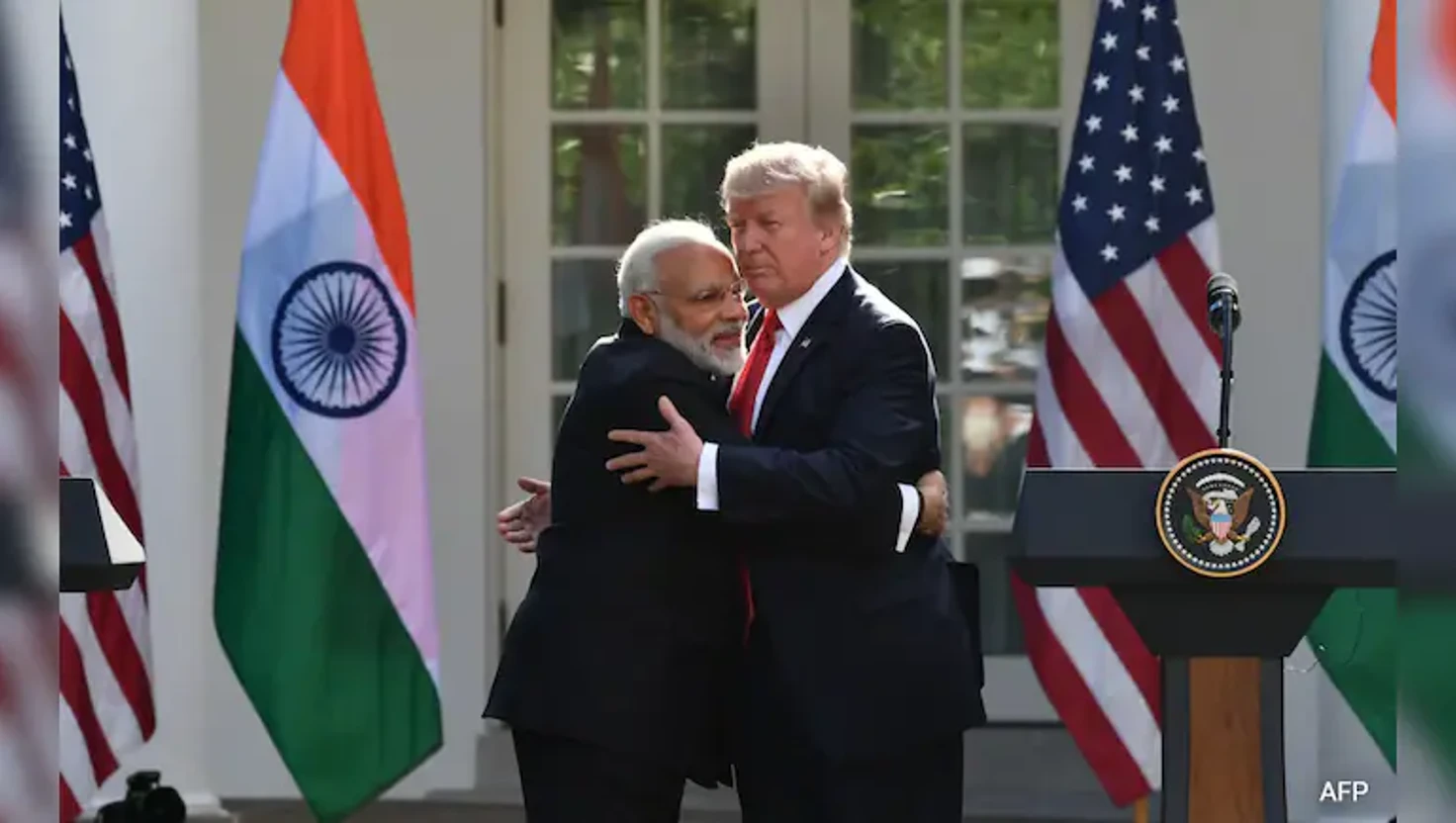
Trump-Modi bonhomie hours after ‘positive’ trade talks resume
US President Donald Trump wishes Indian PM Narendra Modi a happy birthday as trade negotiations resume, addressing key issues between the nations.
| 2025-09-17

Famine Confirmed in Gaza. 'Failure of Humanity', says UN Chief
Over half a million people face severe hunger in Gaza, leading to a declared famine, as urgent humanitarian aid is sought.
| 2025-08-23
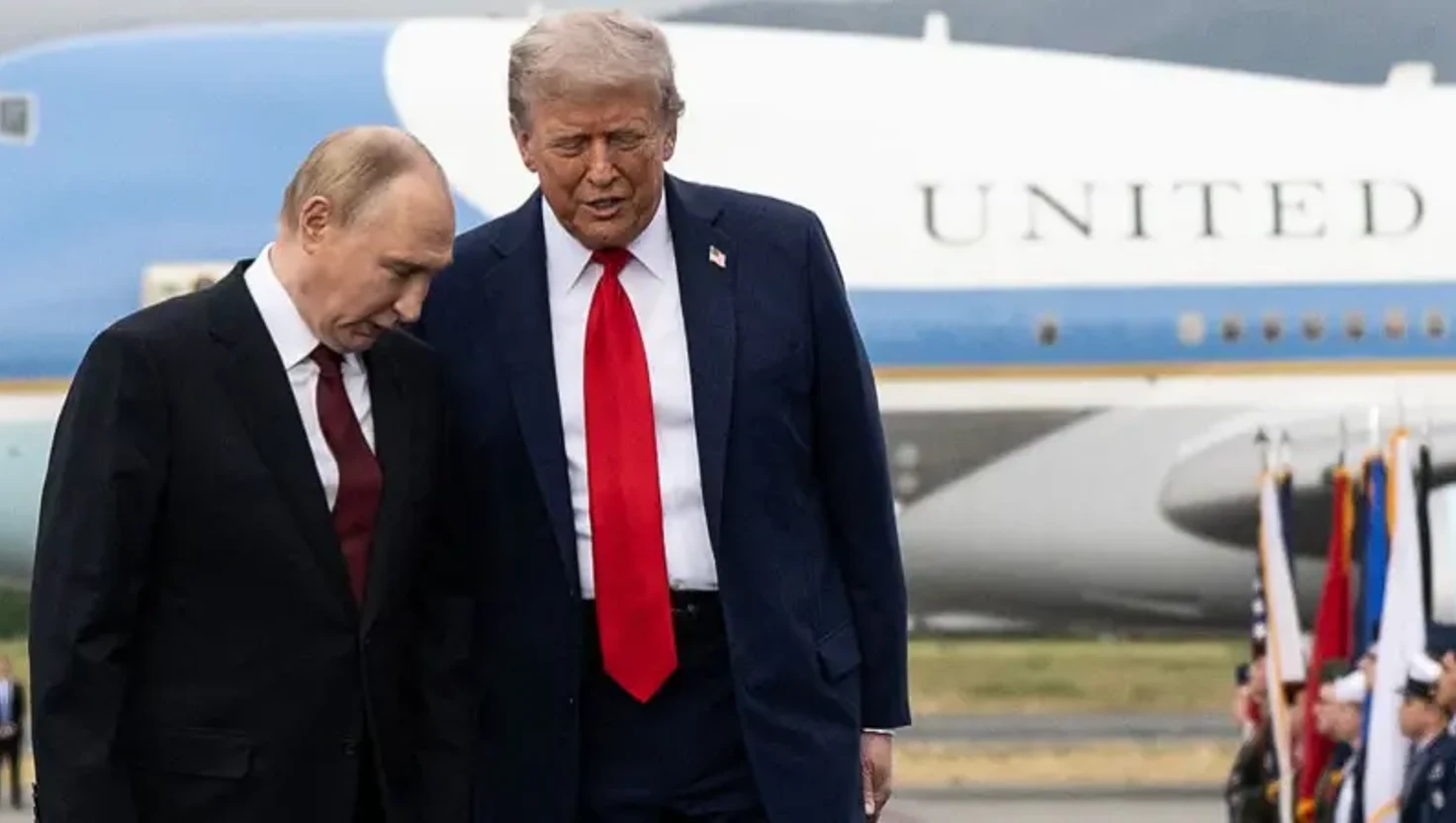
Talks with Trump on Ukraine ‘frank and useful,’ says Putin
Vladimir Putin and Donald Trump held talks in Alaska, viewed as a potential step toward peace in Ukraine, though concessions remain contentious.
| 2025-08-17
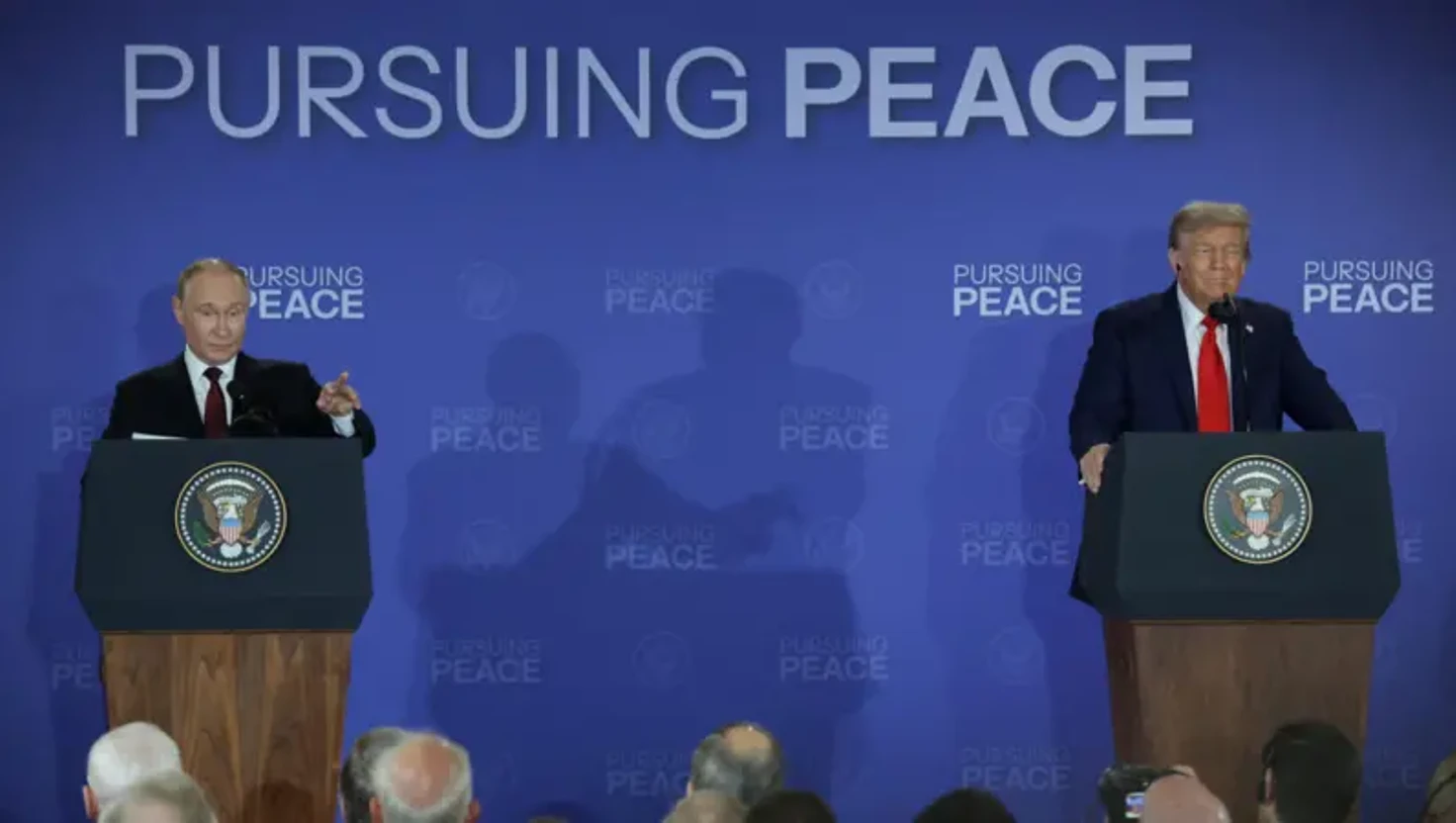
No deal but 'progress made' on Ukraine, says Trump after talks with Putin
US President Donald Trump and Russian President Vladimir Putin complete discussions without a resolution on the Ukraine conflict, characterising talks as productive.
| 2025-08-16
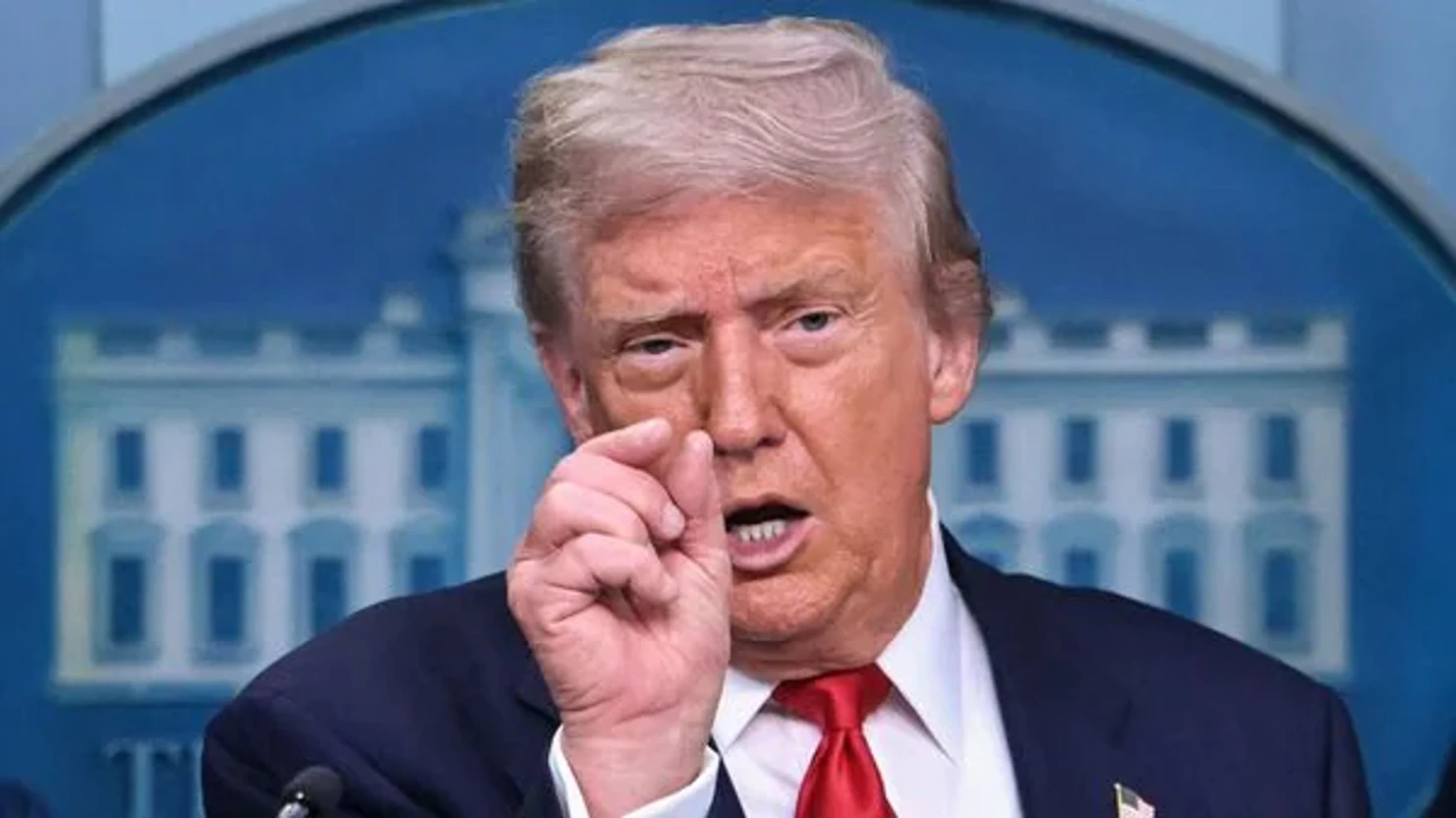
Trump Announces Federal Control Over Washington D.C. Police Force
President Donald Trump deploys the National Guard and assumes control of D.C. police as part of new crime and homelessness initiatives.
| 2025-08-12




